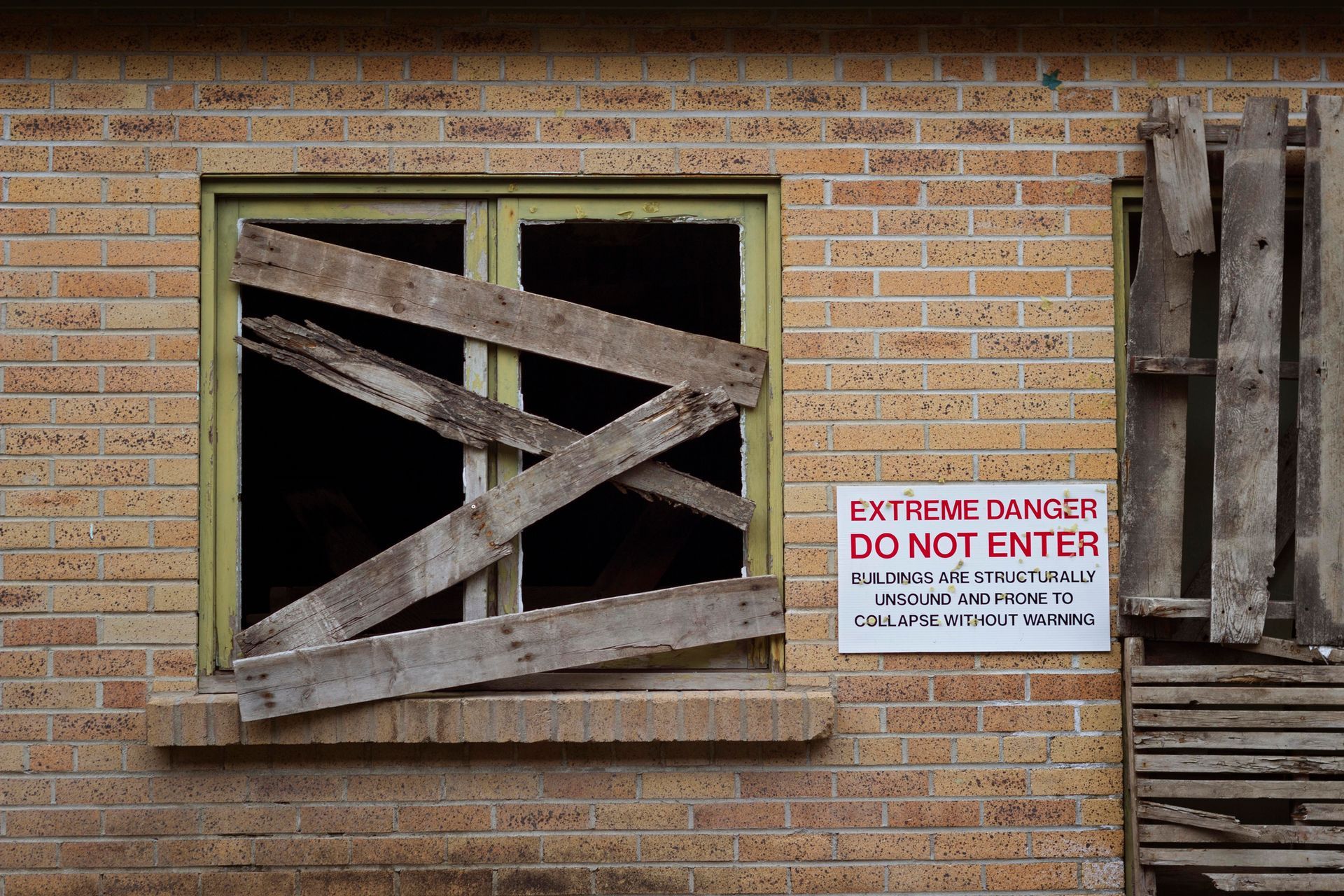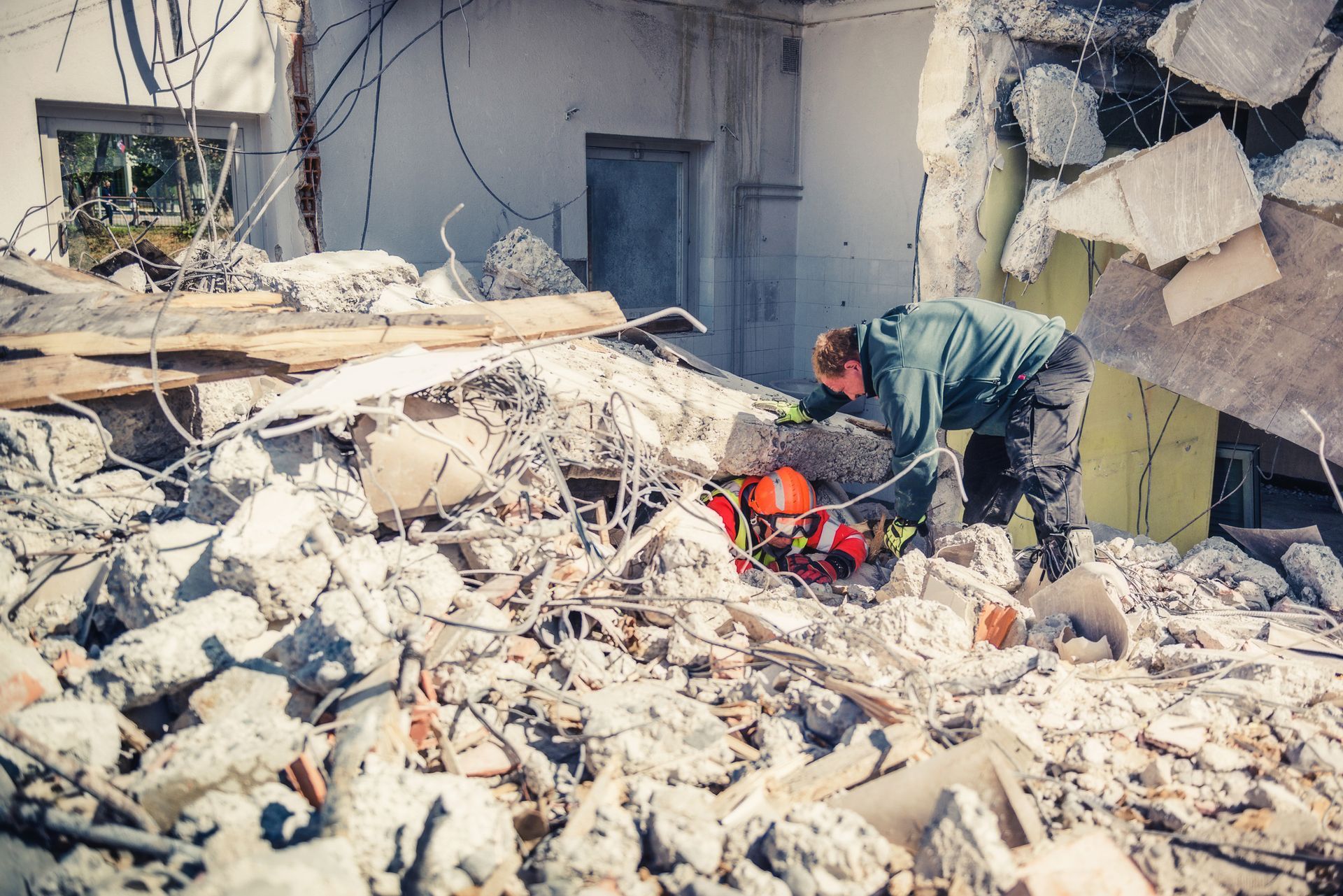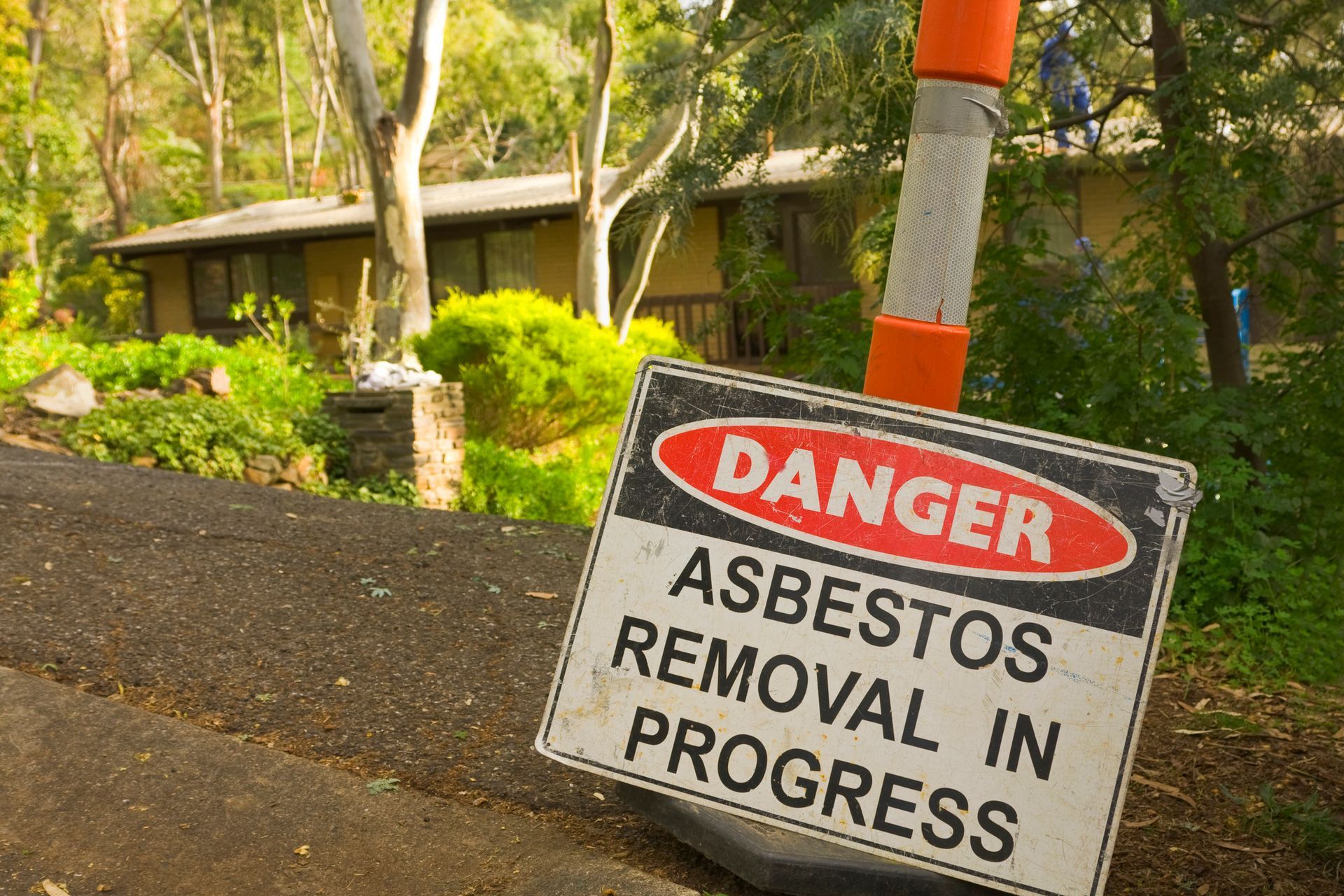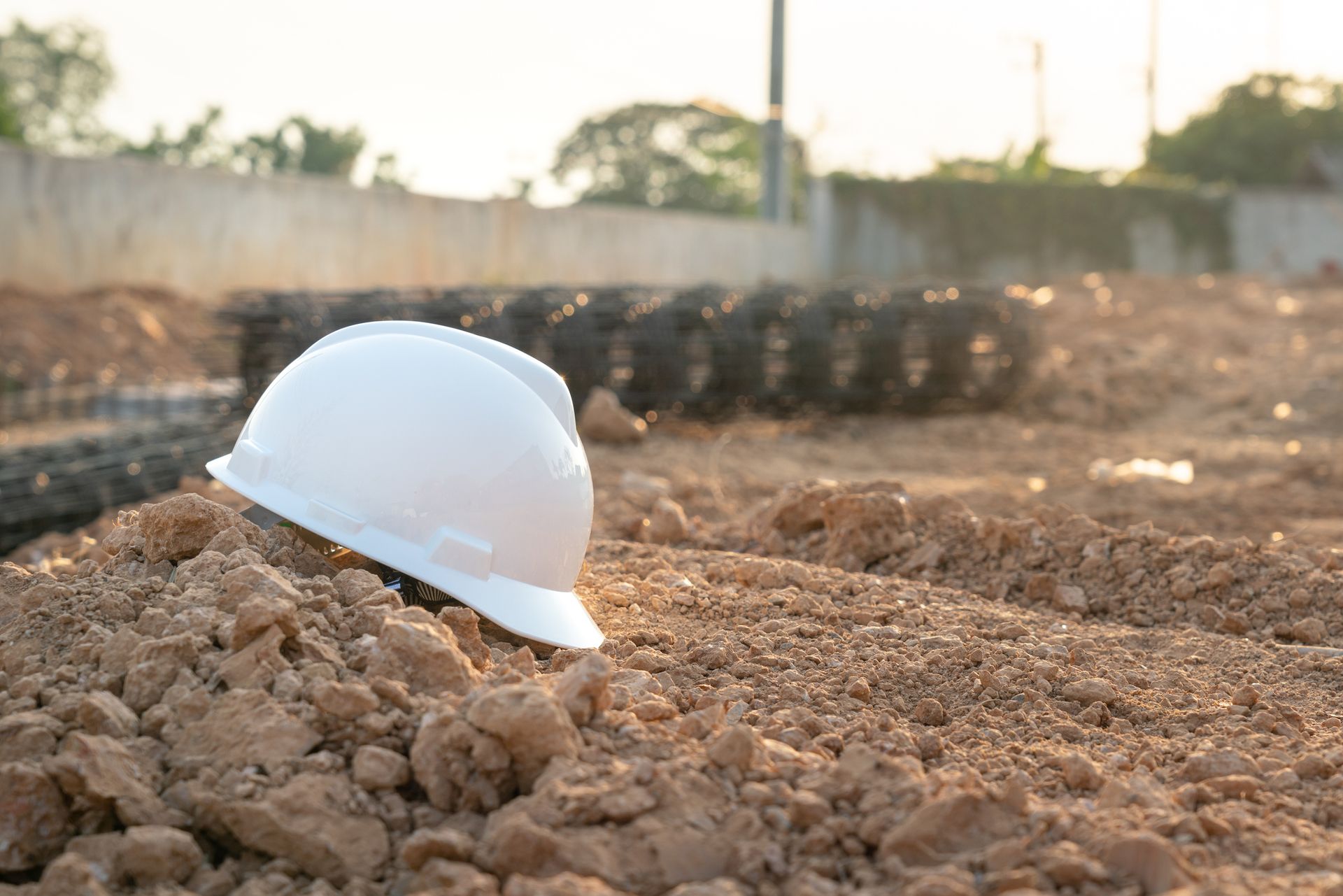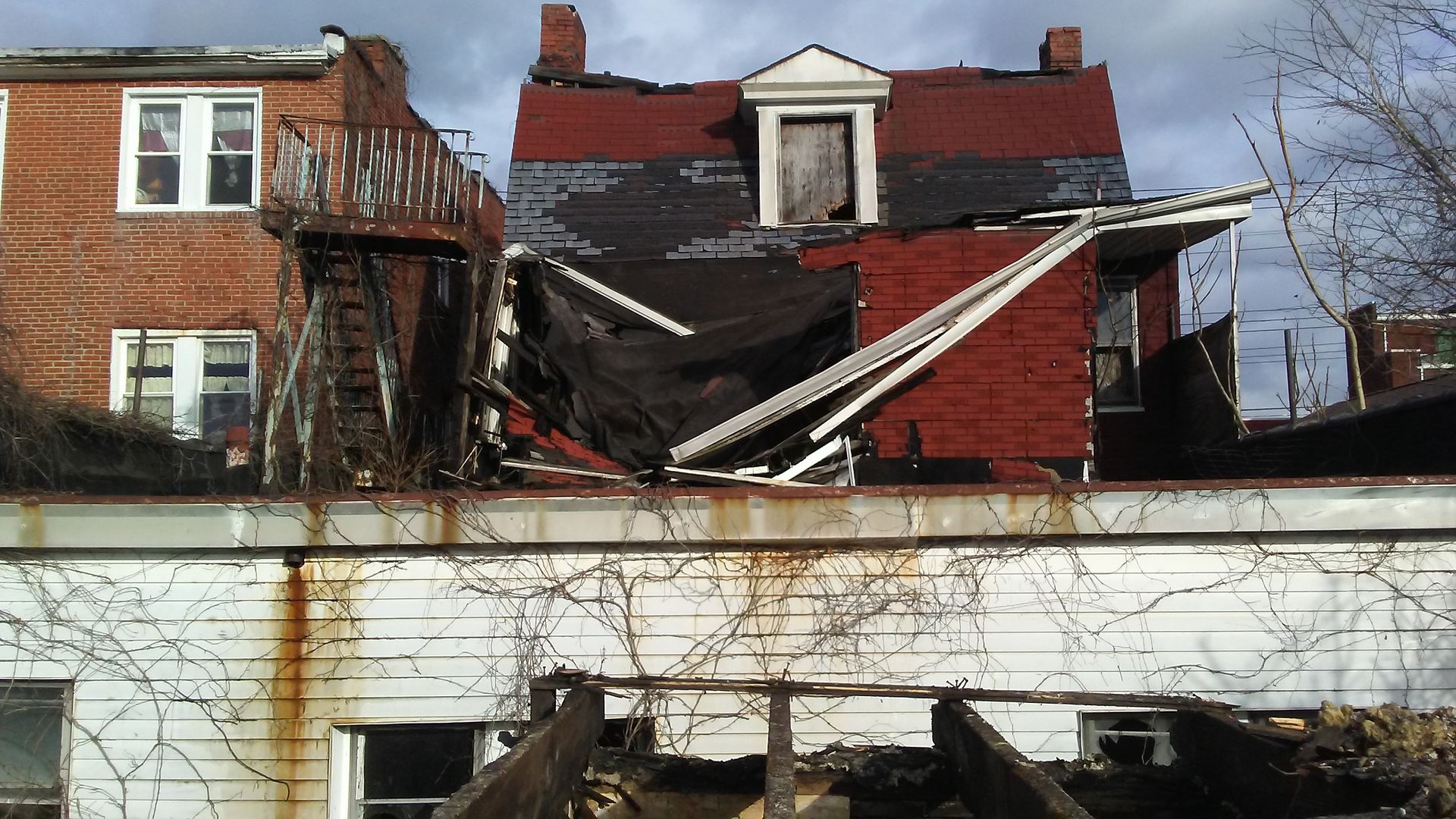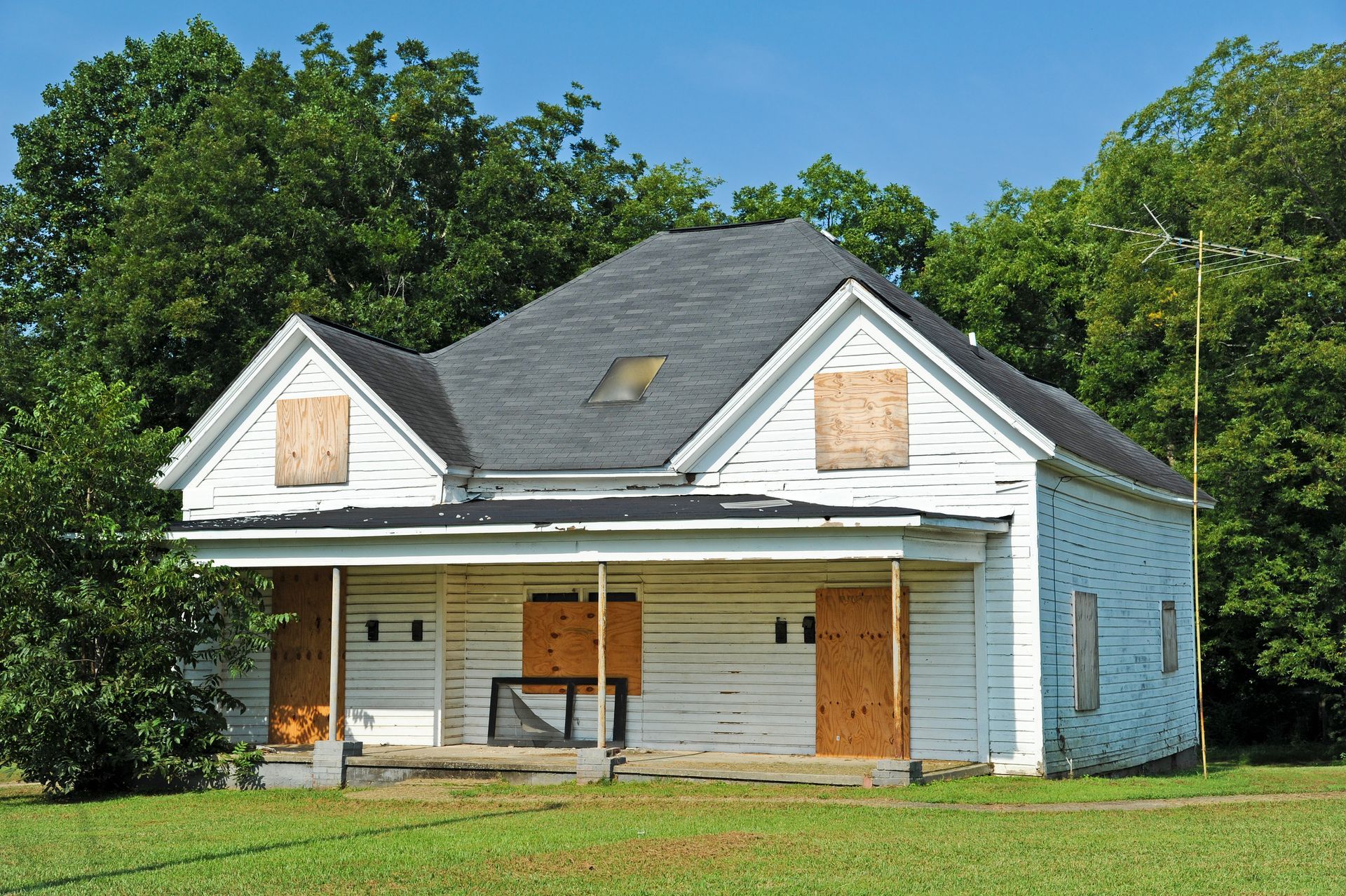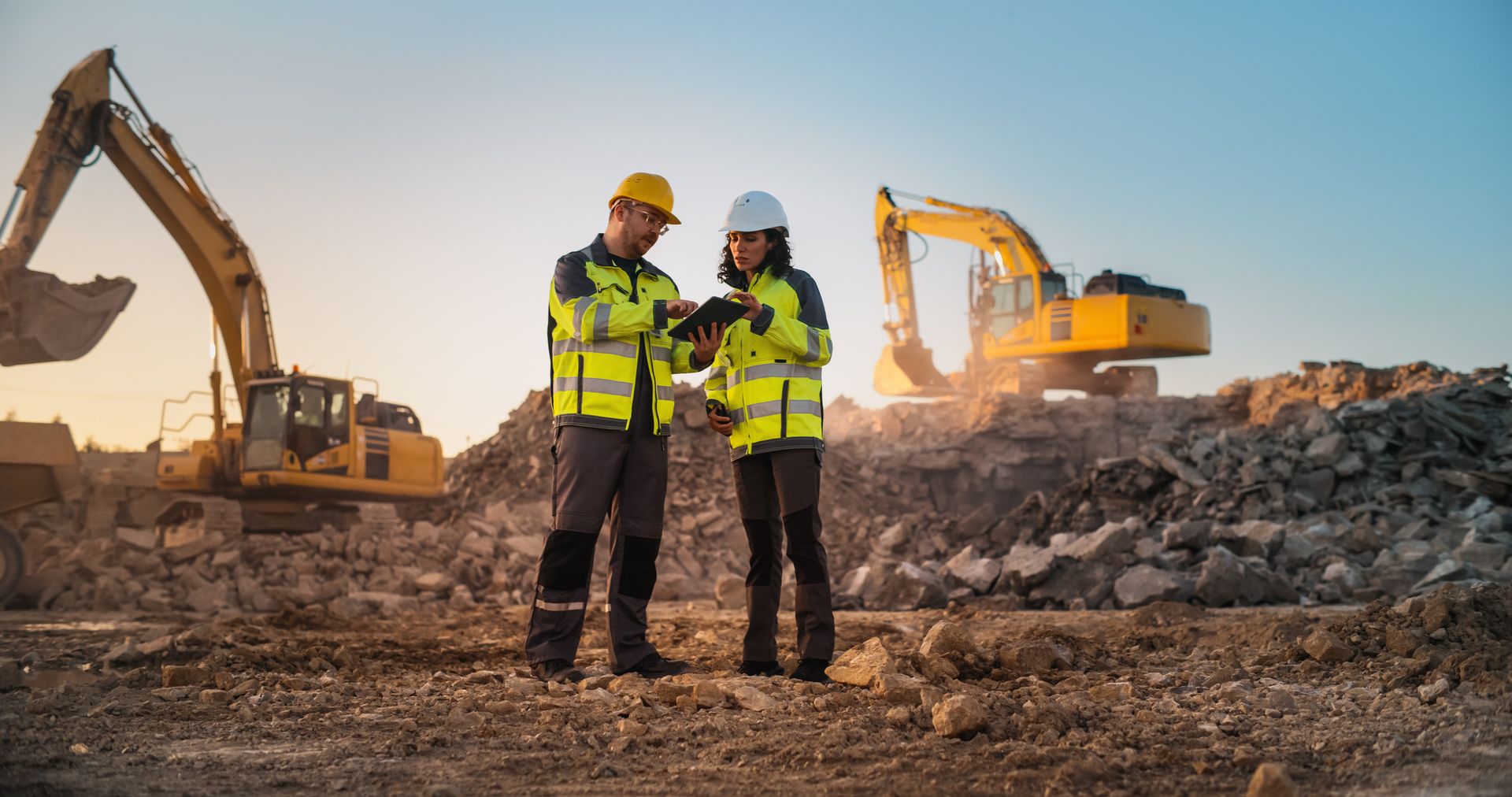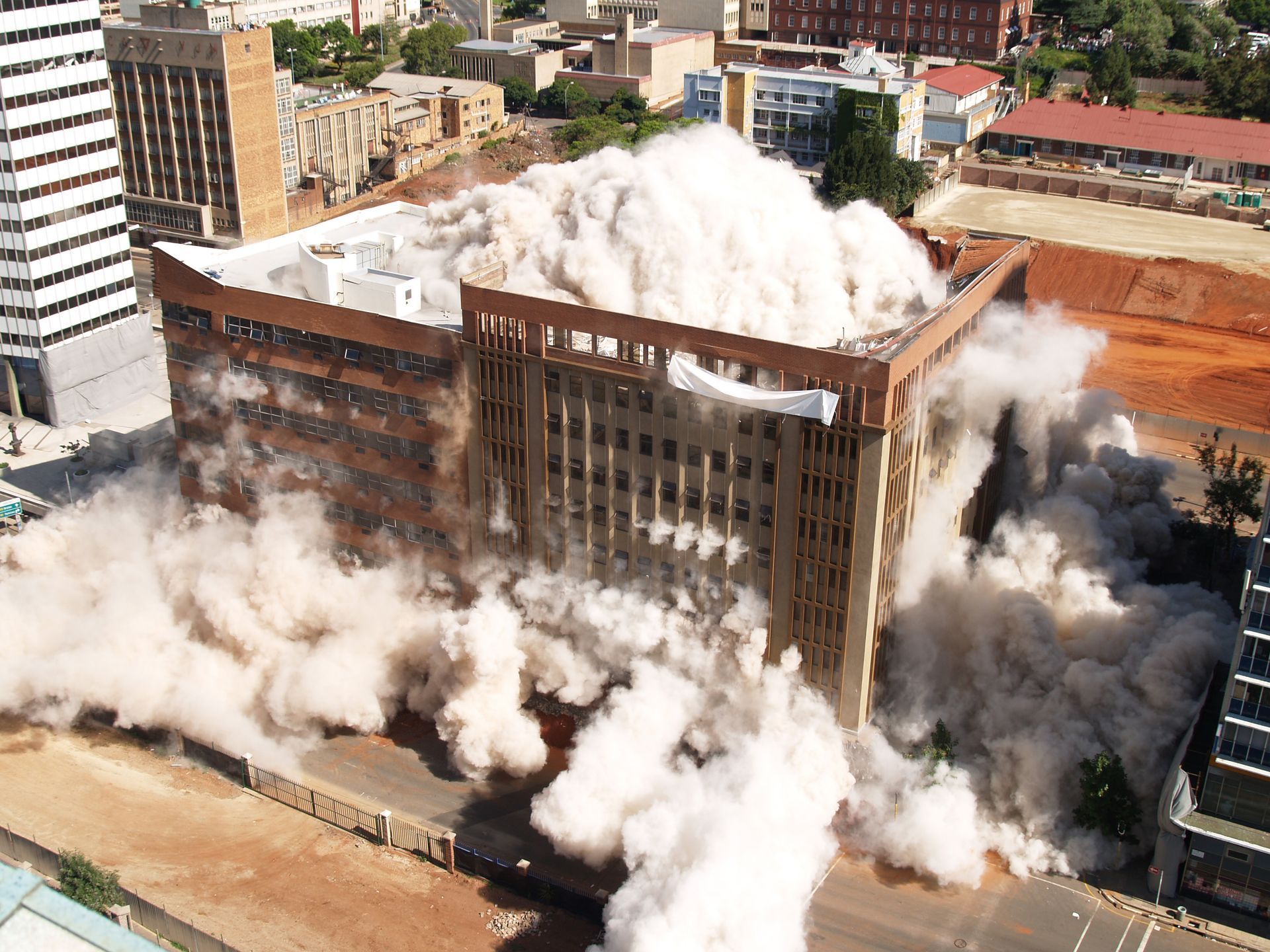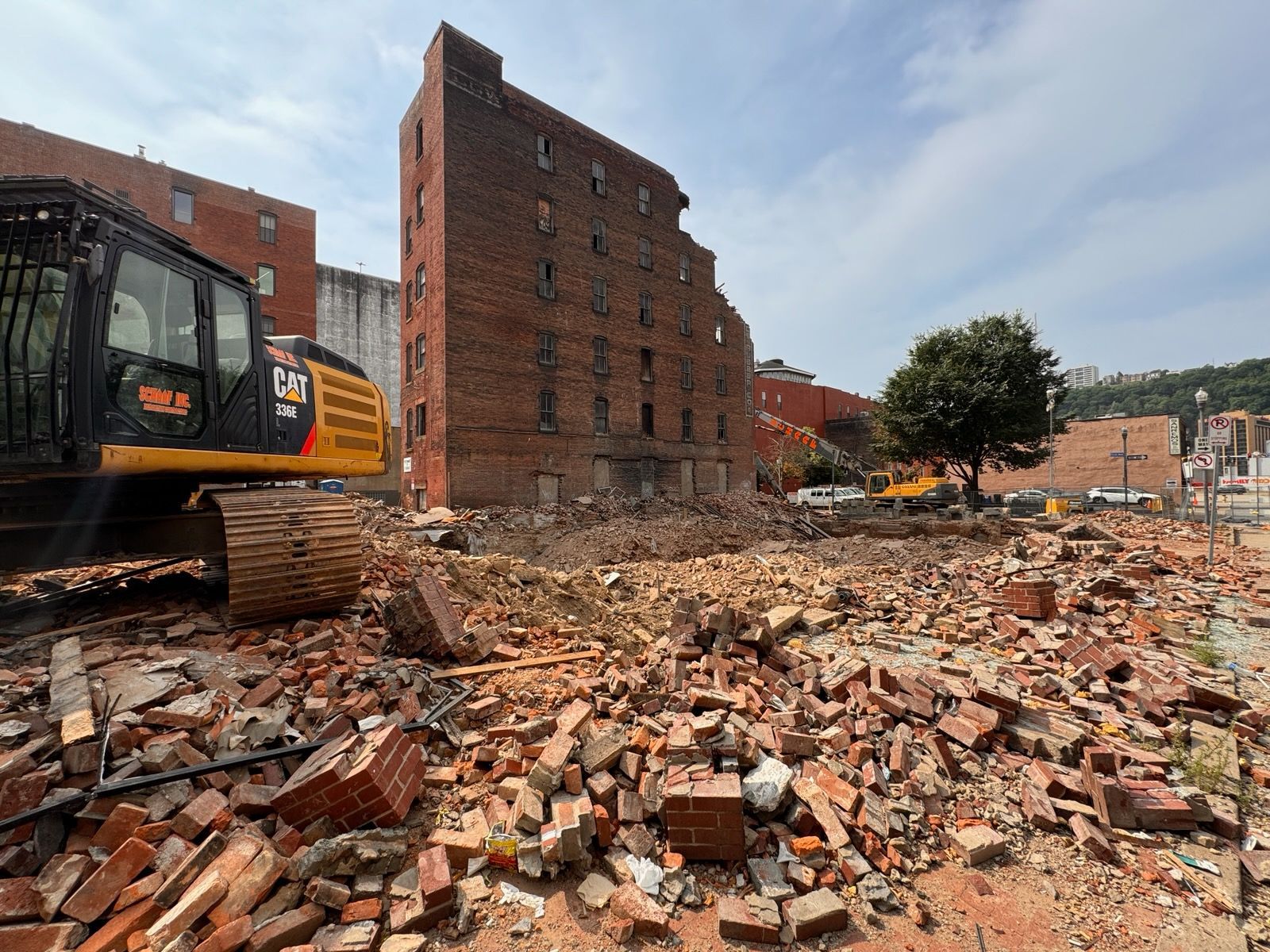Small Demolition Jobs vs. Large Demolition Contracts: The Key Differences
When it comes to demolition services for your building, one size certainly does not fit all. Whether you’re planning to remove a small residential structure or dismantle a large commercial building, the scale of your project dictates the approach, equipment, and expertise required. Understanding the distinctions between small demolition jobs and large demolition contracts is essential for choosing the right contractor and ensuring the success of your project.
Schaaf Excavating Contractors, Inc., a trusted provider of demolition services in Pittsburgh, specializes in handling projects of all sizes with precision, efficiency, and professionalism. Let’s explore the key differences between small and large demolition projects to help you determine which type of service fits your needs.
What is a Small Demolition Job?
Small demolition jobs typically involve the removal of smaller structures, components, or specific areas within a building. These projects are often residential or light commercial in nature, requiring fewer resources and a faster turnaround.
Examples of Small Demolition Jobs
- Tearing down a detached garage or shed.
- Removing interior walls for a renovation project.
- Dismantling decks, porches, or fences.
- Clearing a single-room addition.
- Partial demolition of damaged structures.
Characteristics of Small Demolition Jobs
Scale: Limited to small areas or individual structures.
Equipment Needs: May involve handheld tools, mini excavators, or compact equipment.
Turnaround Time: Typically completed in days rather than weeks.
Cost: Lower overall cost due to reduced labor and equipment requirements.
Permits: May require simpler permitting processes, though this depends on local regulations.
What is a Large Demolition Contract?
Large demolition contracts usually involve dismantling large structures completely, such as commercial buildings, industrial facilities, or multi-story apartments. These projects demand a higher level of planning, manpower, and specialized equipment to ensure safety and efficiency.
Examples of Large Demolition Contracts
- Demolishing office buildings or retail centers.
- Removing industrial plants or factories.
- Dismantling bridges or other large infrastructure.
- Clearing entire residential developments.
- Full-scale demolition of high-rise buildings.
Characteristics of Large Demolition Contracts
Scale: Spans large areas or involves complex, multi-story structures.
Equipment Needs: Heavy machinery such as excavators, cranes, and wrecking balls; sometimes includes controlled implosions.
Turnaround Time: Longer timelines due to the complexity and scale.
Cost: Higher costs reflecting extensive labor, equipment, and logistical planning.
Permits: Requires multiple permits and adherence to strict local, state, and federal regulations.
Key Differences Between Small and Large Demolition Projects
1. Planning and Preparation
Small Demolition Jobs: Minimal planning is required, with a focus on quickly preparing the site and completing the job. Often, contractors work directly with homeowners or small business owners.
Large Demolition Contracts: Extensive planning is necessary, including site surveys, structural assessments, safety planning, and coordination with multiple stakeholders.
2. Safety Requirements
Small Demolition Jobs: Safety protocols are critical but typically less complex due to the smaller scale and limited hazards.
Large Demolition Contracts: Advanced safety measures are essential, including environmental impact assessments, handling of hazardous materials, and adherence to Occupational Safety and Health Administration (OSHA) standards.
3. Environmental Considerations
Small Demolition Jobs: Waste management is simpler, but materials like asbestos may still need special handling.
Large Demolition Contracts: Environmental concerns are magnified, requiring detailed waste management plans, material recycling, and compliance with environmental regulations.
4. Equipment and Technology
Small Demolition Jobs: Rely on compact equipment and handheld tools, such as jackhammers or skid-steer loaders.
Large Demolition Contracts: Utilize advanced machinery, controlled explosions, and even robotics or drones for precision in complex projects.
5. Budget and Timeline
Small Demolition Jobs: Lower cost and faster completion, ideal for homeowners or small businesses with limited budgets.
Large Demolition Contracts: Higher investment and longer timelines due to the scale, complexity, and equipment involved.
Choosing the Right Contractor for Your Demolition Project
Whether you need a small demolition job or a large-scale project, selecting a skilled and experienced contractor is critical. A professional demolition contractor ensures the work is done safely, efficiently, and in compliance with regulations. Here’s what to look for in a contractor:
Experience: Look for a contractor with expertise in both small and large demolition projects, such as Schaaf Excavating Contractors, Inc.
Equipment: Ensure the contractor has access to the appropriate tools and machinery for your project’s scale.
Safety Record: Choose a contractor with a proven track record of adhering to safety standards.
Permits and Compliance: Your contractor should handle all necessary permits and ensure regulatory compliance.
Recycling Practices: Ask about their waste management and recycling policies, especially for environmentally conscious projects.
Why Choose Schaaf Excavating Contractors, Inc.?
At Schaaf Excavating Contractors, Inc., we pride ourselves on offering comprehensive Demolition Pittsburgh services for projects of all sizes. Whether you’re a homeowner planning a small demolition or a developer overseeing a large-scale contract, our team has the expertise and resources to deliver exceptional results.
How We Approach Small Jobs:
- Precision removal for renovations or repairs.
- Quick turnaround times to minimize disruption.
- Affordable solutions tailored to residential and light commercial needs.
How We Approach Large Jobs:
- Advanced planning and coordination for complex projects.
- Access to cutting-edge equipment for safe and efficient demolition.
- Comprehensive waste management and recycling services.
What Sets Us Apart:
Experience: Decades of expertise in demolition services across Pittsburgh and surrounding areas.
Safety: Unwavering commitment to maintaining the highest safety standards.
Sustainability: Focus on eco-friendly practices, including material recycling and responsible disposal.
Customer-Centric Approach: Personalized service to meet the unique needs of every client.
Demolition projects, whether small or large, require the expertise of a professional contractor to ensure success. Small demolition jobs focus on quick, targeted removal, while large demolition contracts demand advanced planning and heavy machinery. By understanding the differences between these types of projects, you can better assess your needs and choose the right contractor.
Schaaf Excavating Contractors, Inc. offers top-notch Demolition Pittsburgh services for projects of all scales. With a reputation for excellence, safety, and sustainability, Schaaf is your trusted partner for all your demolition needs. Contact us today to learn more about how we can assist with your next demolition project!

Author: Tim Schaaf
Owner & Founder of Schaaf Excavating Contractors.
